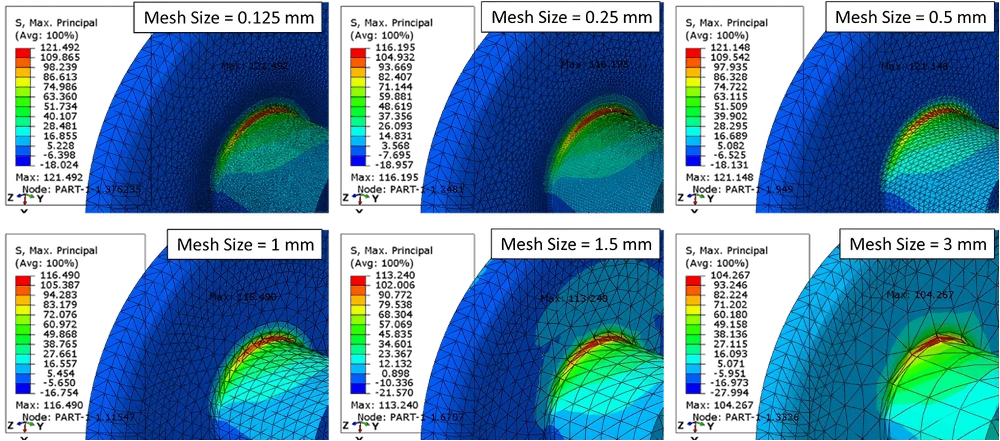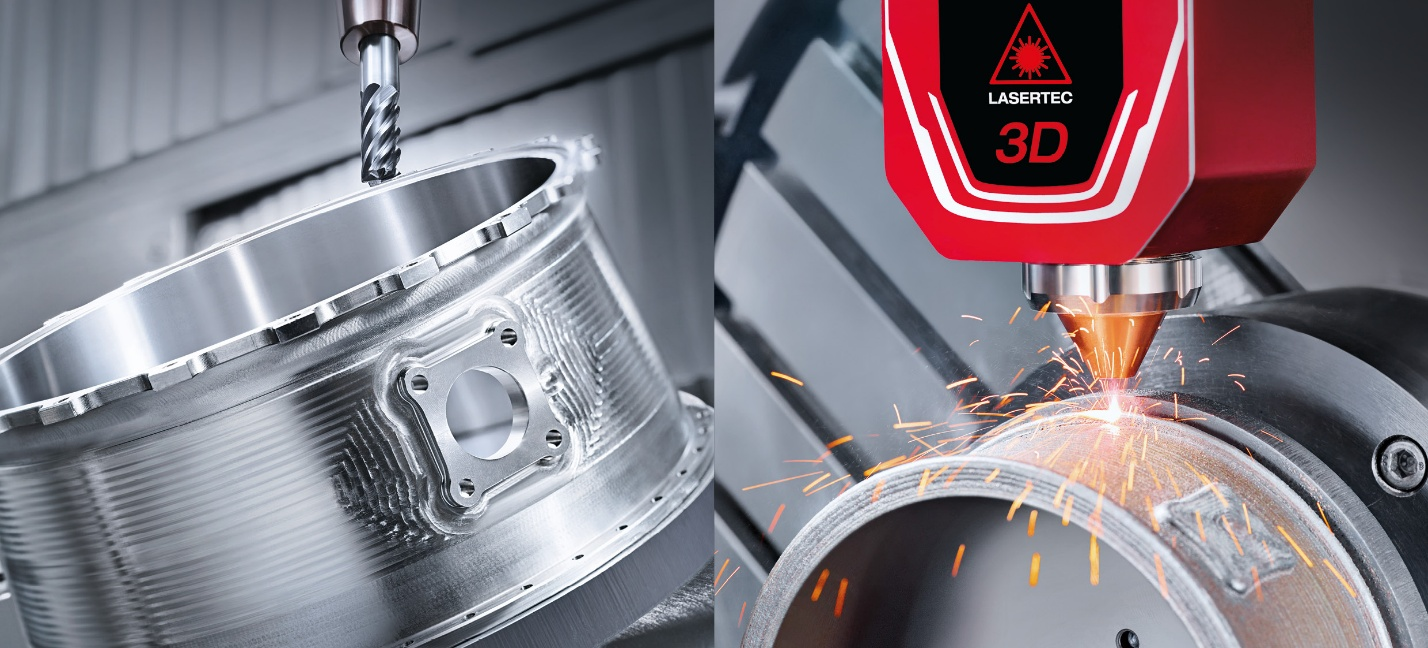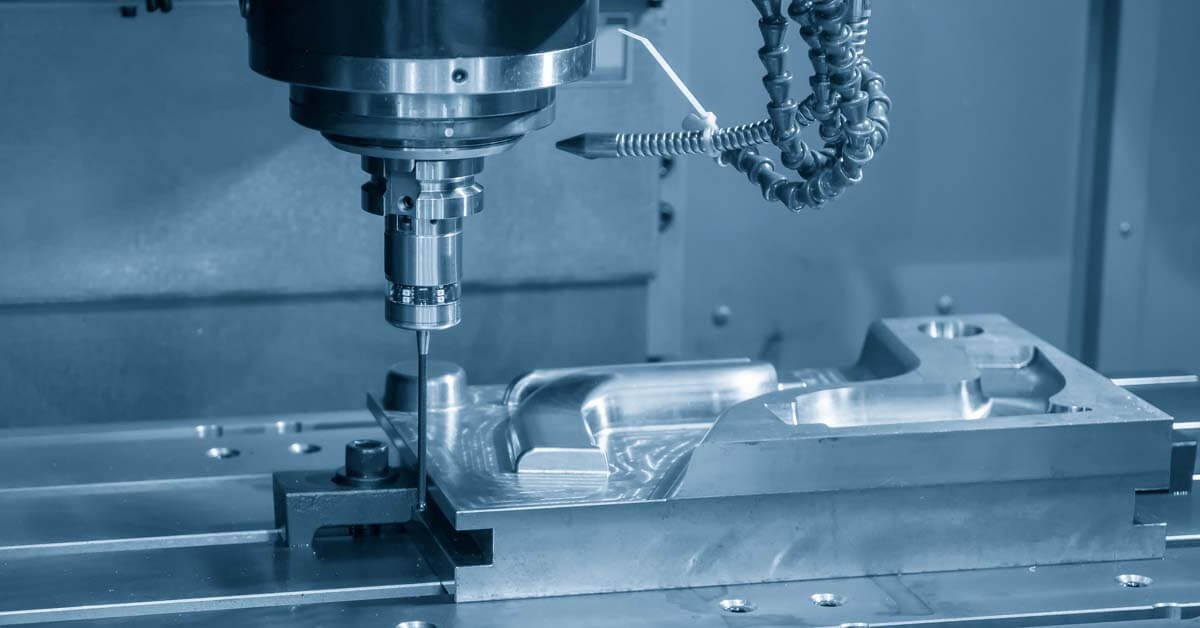Even with today’s technology like 3d printing, CNC machining is still one the efficient and economical method. For the purpose of machining materials such as metal or plastic, the functionality of CNC machining can’t be underestimated. Yet, cost calculation for CNC machining is a difficult thing for many clients, all because of the various factors on which the cost is dependent.

Calculating the CNC machining cost
The process of calculating the cost for CNC machining is vulnerable to many faults, that is why a careful evaluation is needed. You must consider many factors for high or low volume productions, such as understanding the machine, labour, parts, production times and many other things.
Factors that affect the CNC machining cost
Even before thinking of how to adjust the cost of CNC machining according to your budget, you have to take a look at what are the main factors on which the cost is dependent. Below is a discussion of those factors.
Average time for machining
One of the basic yet most important factors is time. The more time the production takes, the cost rises accordingly. The time can be further calculated through factors like CNC turning and CNC milling. Sorting things out before starting the process can save you a lot of time.
Material blocks for machining process
While calculating the machining cost, material is an important factor that a machinist always considers. CNC machining uses more chunks of material than the product itself has because the CNC machining is a reduction process.
The material is bought in bulk and the cost is calculated according to these blocks by a machinist. The material blocks that are commonly used for CNC production can be further divided into types, metal and plastic. Both of them have different costs, so let’s see what characteristics those materials hold.
Metal Block:
Various metals are used in CNC machining, but aluminium, stainless steel, and brass are the most common. However, most machinists use aluminium for their production because, why not, it has the perfect blend of affordable price and easy processing and machinability. Although brass and stainless steel are more expensive than aluminium, they offer more machinability, which is worth its cost.

Plastic Block:
In bulk, plastic blocks tend to be cheaper than metals, and since plastic is softer, machining takes much less time than metal, all of which makes it most cost effective CNC part production.
There are many types of plastic that cost the same as aluminium, such as ABS, Nylon, and POM, if they are bought in bulk, otherwise if they are bought on rate per block they can cost a bit more than aluminium. And there are some types of plastic such as PEEK, which are very costly and they are only used when they are in high demand.

Cost of a CNC machine
Mainly the type of CNC machine which you are using has a heavy influence over the machining cost. CNC has two main types of CNC machines used for production, which includes CNC turning machine and CNC milling machine, and they are further divided into classification of the number of axis which can be 3, 4, or 5.
Mostly these machines are charged per hour, where a 3-axis machine charges can be anywhere between 30$ to 40$ and machines with multiple axis can charge 70$ to 120$. But there are some machines that are way cheaper but as the money drops, quality as well.
There are two other factors on which the machining price can vary, which are the machine’s price and the number of expected hours of the machine operation in one year, which most of the machines have an average of 5 thousand hours. A machinist can calculate the hourly or shop worth of the machine by dividing the price by the number of hours this machine is expected to work in a calendar year.
Labour for CNC machining
As you already know that the CNC machining process involves automation, that’s why a number of staff is needed and you need to consider their pay as well. Designing and digitalization are the two of main labours which will cost you the most. The total cost for labour of CNC machining is divided into 4 parts further, and these are:
● Programming:
As programming involves designing and digitalization, that is why it is highly expensive labour and charges you more costs than any other part of labour. You should appoint an experienced person who can make a CAD file for your product that is going to be processed. If you have some experience in making 3d drawings, you can skip hiring a designer.
After that, a manufacturing engineer examines the product design to see if the machine is able to process it and points out some suggestions which will make it more efficient. The final step in the programming division is a programmer itself that you need, because a CNC machine has to understand the design and a programmer will convert this CAD file into a file that the machine can process such as a CAM file.
● Setup:
After the designing the part and its conversion from CAD to CAM is done, the machine is now able to process the design. Now a person is needed who can operate the CNC machine, who ensures that the product has the best end result by spending some time to set up the CNC machine for a custom job and ensures that every bit is performing as it should be.
The quantity of the parts to be produced is the factor on which the operator’s cost depends on. The cost is higher per block, they are not in bulk, and cost for these parts per block is very high as compared to the first one.
● Quality Control:
Obviously quality differs from one shop to another, but what remains the same is that all of them have a team that will perform a few tasks to ensure that they are getting the same quality they want.
Other tools for certain conditions:
In some cases, the machining shop needs special bits for the production of a custom CNC fabrication. You have to pay a fraction or sometime fully for these tools even though they will remain in the machining shop after the production is done for your parts.
One of the reasons is that these tools can wear off during the production of the parts, if the material used is hard and machinability is difficult. This part can be skipped because it is not important for many common part machining processes.
Surface finishing for the part:
Surface finishing is another optional part whether you can choose to include it or exclude it. In the process of surface finishing the marks of the tools and the roughness are removed, and the surface is polished to fulfill cosmetic purposes and to provide wear resistance. Machine shops offer a variety of surface finishing for different materials that are used, and each one has its own price.
Post-Processing:
It is certain that when the production is completed, all of the parts are required to be assembled and transported to the designated location. All of these tasks require manual labor, which contributes to the cost of the final product.
CNC machining time calculation
As we already know that the time is costlier than any other thing in CNC machining. Calculating the time before the production can help you to estimate the cost you will have to spend on the machines. CNC machines have two types and both have different formulas for calculating time.
Time calculation for CNC turning machine
If the part is produced on a lathe machine with only a single tool, the process is called turning. The total time for a machining process can be calculated through the cycle time of a CNC machining process. To calculate the total time, we can make use of the following formula:

Whereas the average RPM can be easily calculated through the following simple formula:

Time calculation for CNC milling machine
A computerised machining process in which a block can rotate in multiple directions instead of just rotating in a single direction is known as CNC milling, which allows a CNC machine to cut the block from many different angles. In a milling machine both cutting tool and material block rotates around multiple axis respectively, making it easy to make grooves from many angles. The time for a CNC milling process can be calculated through the following formula.

How to Reduce the Cost for CNC machining?
CNC machining can be proven very costly for many clients after they are done calculating and approximating the cost for a CNC machining, mainly for those who aren’t producing these parts in bulk. But still there are some precautions and ways which can help you to reduce the cost for machining.

● Thinking once again about the material
Obviously if you use materials that have high prices or are using less blocks, the CNC machining cost will go way above your expectations. While approximating the cost, you should keep a balance of quantity and price, as if the quantity is low the price will rise. But not only quantity, but their characteristics as well. If the material is hard, maybe you have to buy some extra tools and it will take more time than normal, which will affect the cost of production.
● Design Optimization
The design for a part that is going to be manufactured through CNC machining has a great influence on the total cost at the end. The total time for the manufacturing process can be determined by the level of difficulty of the design, which tends to raise or lower the cost.
Difference between Turning and Milling CNC machine
To optimize the design for the part can be very easy if you know what type of machine you are going to manufacture them with, and it is important as well. For every added level of difficulty, different types of machine are used and you might not have thought about this factor. The more complex the design is, the more you’ll need a machine that can handle the geometry.
Number of Axes in a machine
The number of axis is what makes a machine different from another machine, if the machine has more axis it can process more complex geometries and difficult designs. Complexity of the design will determine the movements of the blade and the block.
A CNC turning machine (or lathe machine) only consists of two axes on one axis the workpiece rotates around and the blade moves around the second one. Whereas the CNC milling has multiple axes, they can vary from 3 to 5. These multiple axes allow the workpiece and the blade to rotate and move in multiple directions.
Level of complexity of a design
Lathe machine or CNC turning can only handle simple designs that can be carved through simple 2d machining, it cannot handle difficult designs such as designs that contain angled grooves and other complexities.
CNC milling, on the other hand, can handle much more complex geometries, depending on the number of axes. If a CNC milling has 5 axes, it can make grooves at any angle whereas 3-axis milling cannot.
Prices of these machines
A lathe machine costs less due to the less number of axes and the simple designs it can handle, but a milling machine is more costly and the cost will rise according to the number of axes the machine has. Cost for milling machines can be further classified according to the numbers of axes they have.
Low price milling machine
A 3-axis CNC machine is the least costly and the most uncomplicated milling CNC machine, where the block is fixed on a spindle which can rotate in all of the 3 (X, Y, and Z axis) directions available. This allows a CNC machine to process the geometry more in 2d aspect.
If you are using a 3-axis CNC machine, the block can be machined from all of its six sides, but the drawback here is that for every side you have to set the machine again as the block can be machined from two directions at a time, which makes it expensive if you are going to machine the part from all of its sides.
Mid-range milling machine
The 4-axis machine is more costly and is ahead of the 3-axis CNC if we talk about the block rotation and machine-able dimensions. It is possible due to an added axis which rotates about the X-axis in the plane, and this axis can be called A-axis.
Now the spindle can easily rotate in 4 different directions which allow the CNC processing to machine the sides of the block more easily. 4-axis CNC machines are available in many configurations, but the commonly used one is with vertical configuration.
During production, 4 sides of the blocks can be easily processed in one setup, which makes it more affordable than a 3-axis CNC machine, because it eliminates the need of setting the block and machining every single time you want a different side to be machined.
Frequently Asked Questions
Is a CNC machine expensive?
Yes, CNC machines are very costly but if everything is well managed and optimised, the price can be proven reasonable.
Which one is the best material for CNC?
CNC works best with materials with low levels of hardness, with more machinability such as Plastic or Aluminium.
What is the consumption level of electricity for a CNC machine?
It varies from model to model, but the best one, an energy efficient model, can consume 1 KV per hour.
How much does a 5-axis CNC machine cost?
A 5-axis machine can cost anywhere between 200K to 500K dollars, which is its entry level price.
What is cutting speed in CNC?
Cutting speed is the speed in linear feet per minute or "Surface Feet per Minute" (SFM) in which a given tooth (flute) is moving when it cuts through the material. There are documented SFM for every material used for CNC machining.
Final Words
Approximating the CNC machining cost will not give you the exact price that you have to spend, but a nearly estimated price that has no big difference with the actual price. So it is very important to approximate the highs and lows, so that when you have started the production you won’t go bankrupt.







